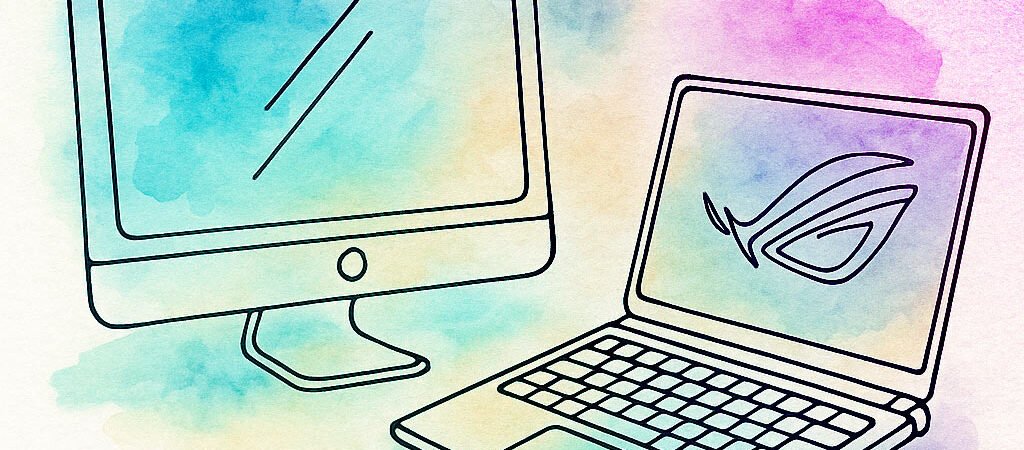Key Considerations for Graphic Design Laptops:
- Processor (CPU): A powerful processor is crucial for smooth multitasking and running demanding applications like Adobe Photoshop, Illustrator, and InDesign.
- Minimum: Intel Core i5 (latest generation) or AMD Ryzen 5 (latest generation).
- Recommended: Intel Core i7 or i9 (latest generation), AMD Ryzen 7 or 9 (latest generation), or Apple M3 Pro/Max or M4.
- Graphics Card (GPU): A dedicated graphics card (not integrated) with ample Video RAM (VRAM) can significantly boost performance, especially for tasks like rendering, video editing, and working with complex visual effects.
- Minimum: 2GB VRAM (e.g., NVIDIA GeForce RTX 3050 or equivalent).
- Recommended: 4GB or more VRAM (e.g., NVIDIA GeForce RTX 4050/4060 or higher, AMD Radeon 6000M series or higher, Apple M3 Pro/Max or M4 with sufficient GPU cores).
- RAM: Sufficient RAM ensures smooth multitasking and the ability to handle large files and multiple applications running simultaneously.
- Minimum: 16GB.
- Recommended: 32GB or more.
- Storage: A fast Solid State Drive (SSD) is essential for quick boot times, application loading, and file access. A larger capacity allows you to store your projects and assets directly on the laptop.
- Minimum: 512GB SSD.
- Recommended: 1TB SSD or more, potentially with an additional Hard Disk Drive (HDD) for mass storage.
- Display: A high-quality display with accurate color reproduction is paramount for graphic design work.
- Size: 15 inches or larger is generally recommended for a comfortable workspace. 17 inches offers even more screen real estate but reduces portability.
- Resolution: Full HD (1920 x 1080) is the minimum, but QHD (2560 x 1440) or higher offers more detail.
- Panel Type: IPS or OLED panels provide better color accuracy and wider viewing angles. OLED displays offer exceptional contrast and vibrant colors.
- Color Accuracy: Aim for a display that covers 100% of the sRGB color space; ideally, it should also cover a significant percentage of Adobe RGB or DCI-P3 for professional color accuracy.
- Ports: Consider the ports you’ll need for connecting external devices like monitors, drawing tablets, and storage. USB-A, USB-C (with Thunderbolt support is a plus), HDMI, and an SD card reader can be important.
Title
Thumbnail
Price
$1,310.61
$1,594.00
$1,779.00
More information
Title
Thumbnail
Price
$1,310.61
More information
Title
Thumbnail
Price
$1,594.00
More information
Title
Thumbnail
Price
$1,779.00
More information



